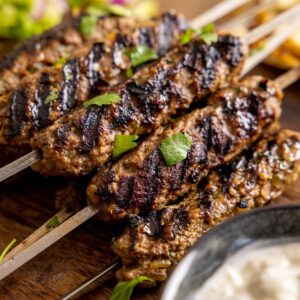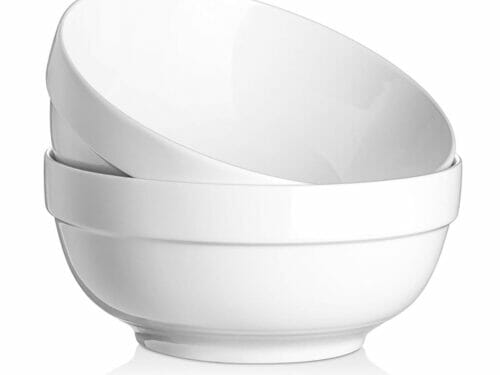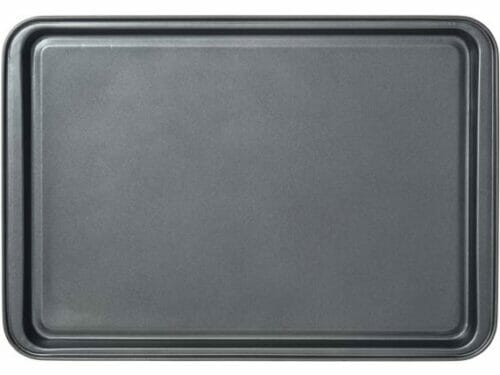
Lamb Keftas
If you're a meat lover, you'll enjoy the mildly spiced lamb meatballs that are popular throughout the Levant. If you're looking for a delicious recipe to make lamb keftas, check out Moroccan cuisine. You'll find recipes in this book that are affordable and full of flavor. When you're making keftas, don't forget to make them as thin as possible.
Print
Servings: 4 servings
Calories: 451kcal
Add to Collection
Equipment
Ingredients
- 350 g ground lamb
- 350 g ground veal
- 1 onion finely chopped
- 2 garlic cloves minced
- 1/2 cup parsley minced, plus 1 tablespoon for garnish
- 1 1/4 teaspoons allspice
- 3/4 teaspoon grated nutmeg
- 1/4 teaspoon cinnamon
- 1/4 teaspoon cayenne pepper optional
- 1 1/2 teaspoons fine sea salt
- 1 1/2 teaspoons black pepper
- 2 tablespoons vegetable oil
- 2 tablespoons toasted pine nuts
Instructions
- In a large bowl, mix the lamb and veal with the onion, garlic, parsley and spices until well combined. Shape oblong keftas, about 2-3 inches in length.
- Preheat oven to 425 F. In a large pan, heat the vegetable oil over medium-high heat. In batches, sear the keftas on all sides till browned, about 5-6 minutes.
- Transfer keftas to a baking sheet and place in the hot oven for 3-5 minutes to make sure the meatballs are cooked through. Top with toasted pine nuts and chopped parsley. Serve with hummus and tahini sauce.
Video
Notes
Marinate the meat overnight. It may take up to 2 days to marinate the lamb. Depending on the size and thickness of the kefta, it can be very difficult to digest. To prevent this problem, add some onion and garlic to the marinade. Then, pack the lamb keftas on the skewers. Soak the skewers in water for at least two hours to prevent them from burning.
Nutrition
Serving: 1serving | Calories: 451kcal | Carbohydrates: 4g | Protein: 32g | Fat: 33g | Saturated Fat: 12g | Polyunsaturated Fat: 6g | Monounsaturated Fat: 12g | Trans Fat: 1g | Cholesterol: 136mg | Sodium: 1001mg | Potassium: 571mg | Fiber: 1g | Sugar: 1g | Vitamin A: 692IU | Vitamin C: 12mg | Calcium: 53mg | Iron: 3mg
© Food And Meal
This website provides approximate nutrition information for convenience and as a courtesy only. Nutrition data is gathered primarily from the Spoonacular Database, whenever available, or otherwise other online calculators.


